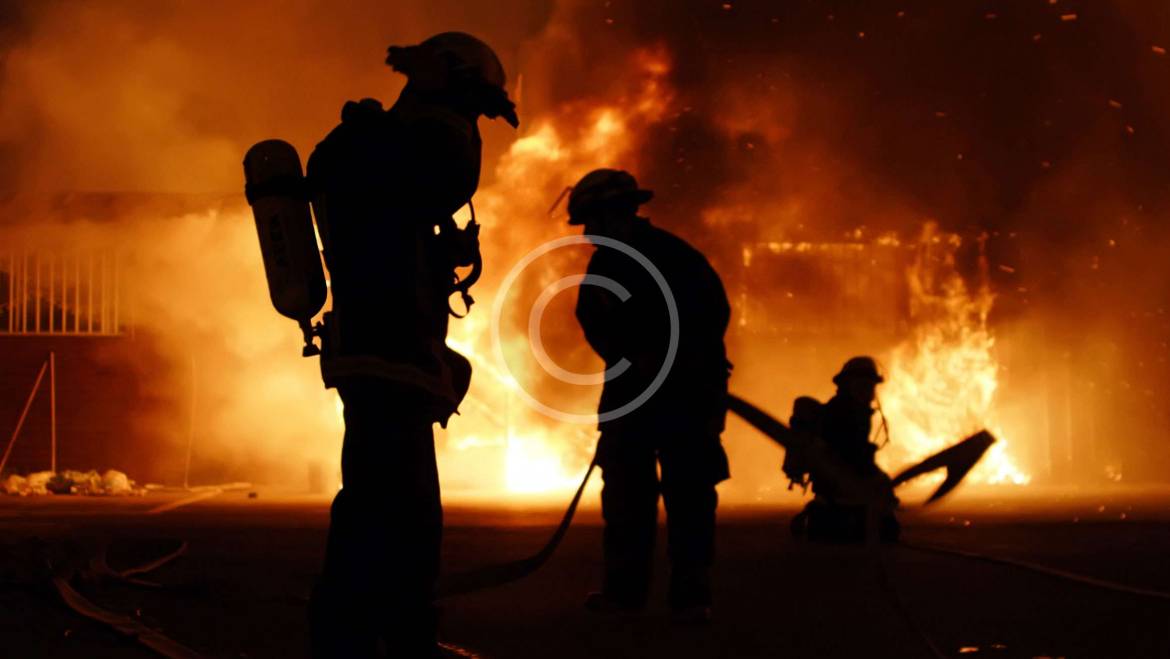Description
Rescue and Fire Fighting Services (RFFS) is also commonly referred to as Aircraft Rescue and Fire Fighting (ARFF) and occasionally as Crash Fire Rescue (CFR). In all cases, these terms refer to the rescue and fire fighting services provided at an aerodrome which are specifically dedicated to the support of safety in aircraft operation. This special category of fire-fighting involves incident response, hazard mitigation, evacuation and possible rescue of passengers and crew of an aircraft involved in an aerodrome (or potentially off aerodrome) ground emergency.
Background
The International Civil Aviation Organization (ICAO) defines the requirements for aerodrome Rescue and Fire Fighting Service (RFFS) in Annex 14, Volume 1 – Aerodrome Design and Operations. In accordance with this Annex, it is a requirement for Member States to provide rescue and fire-fighting services and equipment at airports under their jurisdiction. ICAO Document 9137-AN/898, Airport Services Manual, Part 1, Rescue and Fire Fighting provides guidance in the implementation of the Annex 14 requirements thereby helping to ensure uniform application amongst the Member States. The Civil Aviation Authority of each State in turn publishes the corresponding regulations and guidance for their operators. Examples of State publications include the United Kingdom CAA CAP 168 and the Canadian Aviation Regulation (CAR) 303.
Effects
Modern commercial aircraft can have the capacity to carry several hundred passengers and crew. Therefore, due to the casualty potential of an emergency, it is critical that emergency response equipment and personnel arrive at the scene within the minimum possible time. The maximum response time from initial notification until the first vehicle is on scene and spraying fire retardant is defined by State regulation and generally ranges from three to four minutes under conditions of good visibility and uncontaminated surfaces. At large aerodromes, this often means that more than one fire station will be necessary. This timely arrival and the firefighters’ initial mission to protect the aircraft against all hazards, most critically fire, increases the survivability of the passengers and crew on board. Airport firefighters have advanced training in the application of firefighting foams and other agents used to extinguish burning aviation fuel in and around an aircraft. This helps to provide and maintain a path for the evacuating passengers to exit the fire hazard area. Should fire be present within the cabin or encroach upon the cabin from an external fire, the responders must work to control and extinguish those fires as well.


Add Comment